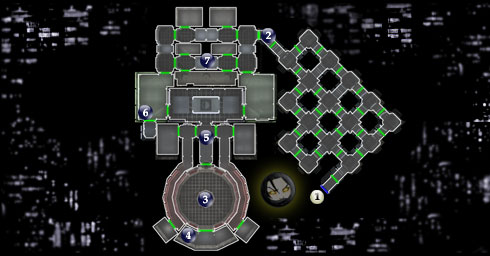"What distinguishes a fictional universe from a simple setting is the level of detail and internal consistency. A fictional universe has an established continuity and internal logic that must be adhered to throughout the work and even across separate works." (leads quite nicely into transmedia)
- Wikipedia
The coherent worlds presentation was an interesting one. In particular I really enjoyed the bit on the Codex Seraphinanus. This is actually something I used to do as a child, one christmas my brother and I created a book about one of our favourite games to pass the time on Christmas Eve (we were very excitable), we ended up finishing it about midday writing down all the monsters, what they did etc. When we'd finished we played the game and began adding in lots of the smaller details, like objects that did damage, as well as start making up some of our own plants and trees. Even a few NPC's.
The idea of creating a whole world from scratch is certainly a fascinating one. I like to think it's what I've done within my game to a certain degree, having been given slightly more time it's something I'd definitely consider going into at greater depths.
I think these sorts of things work very well as people can and do relate to them, they take the familiar and alter it slightly so its still familiar in its roots but it looks altered.
"Another, more recent, famous fictional universe is that of the Avatar film series, as James Cameron has invented an entire ecosystem, with a team of scientists to test whether it was viable. Also, he commissioned a linguistics expert to invent the Na'vi language."
Things like this I love, it creates an extremely immersive world when this much detail has been put in. I never know this but it makes sense as I didn't want to leave the cinema after I'd seen Avatar for the first time, if ever there was a perfect example of a coherent world, to me, Avatar would fit the role.
I came across an interesting article that talks about another aspect that can be important to a game in order to make it coherant, beyond the visual design. He begins talking about enemies in game...
"Developers really need to ask themselves more
questions to suss out details here. How did the Big Bad get access to all of
those monsters? Is he paying them? If so, with what income? What about the
low-intelligence monsters that don’t need or understand money? Is he breeding
them? Why are all of the monsters so perfectly loyal? What about their
self-preservation instincts? With so many different species of monsters, aren’t
there any conflicts, natural predator-prey relationships, or factional
disagreements among them?"
This is something that I thought was interesting to think about, whilst a lot of games do things similar to this, having played Skyrim a fair amount, you occasionally come across NPC battles, battles that take place without any interaction from the player. The game devs have known enough about things like this to know that if a group of elves come across an aggressive giant, why shouldn't they start fighting? I think this is a reason for Skyrim being one of the top AAA games, it thinks about things like this, which ultimately make it a more involving experience.
Another successful example would be Lord of the Rings, the orcs and Uruk Hai in that, they're ferociously loyal to Sauron and Saruman because they were created with that mindset, the Uruk-Hai were literally bread for the purpose of fighting under the white hand of Saruman. However in the scene where they've taken Merry and Pippin, they stop to rest and complain about being starving, the Orks, being slightly more unruly, want to eat the Hobbit's legs. The Uruk-Hai, being ferociously loyal, demands they're not for eating. This is the moment where temperatures rise and they end up fighting each other and killing one of their own. All throughout the films you get this sense of conflict between ranks when it comes to the Uruk-Hai and the orcs. Which is why, ultimately, it makes for a more realistic feel.
